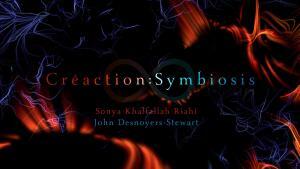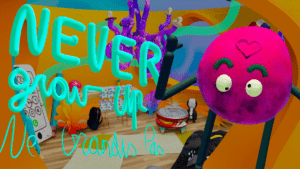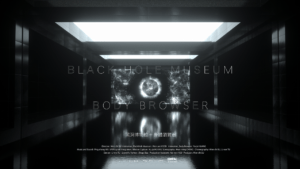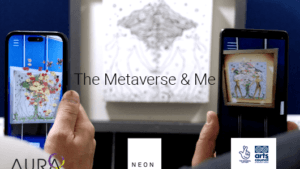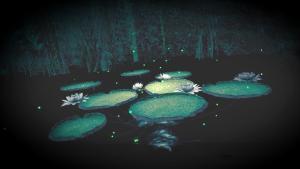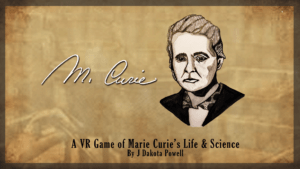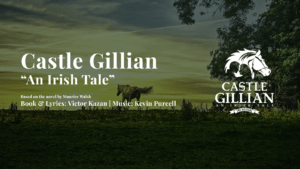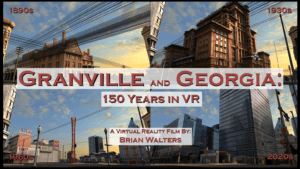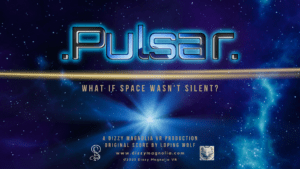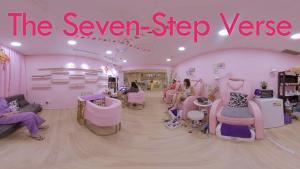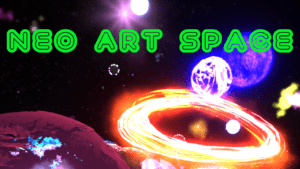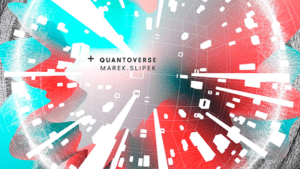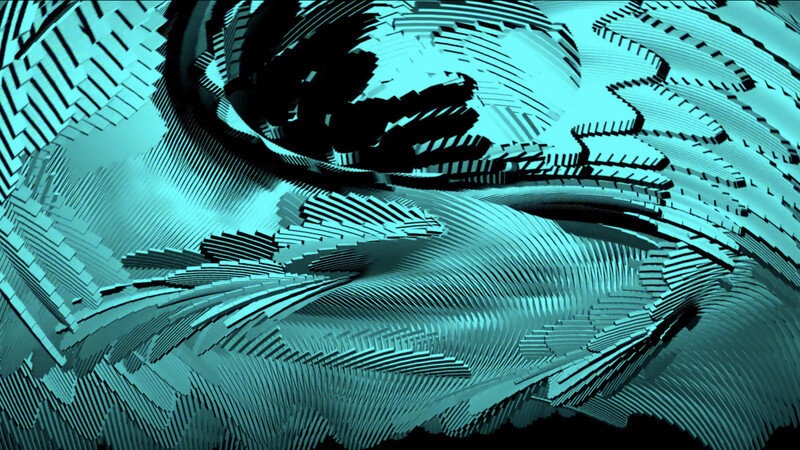
FIVARS 2021 Spotlight – Terra TV in the Virtual Dome
FIVARS Interviews Marek Slipek About His Visual Design Process
“Between epic lightness, buzzing control monitors and nightmarish apocalypse terra tv tells of the arrival of a species alien to us, whose signals and signs we cannot decipher. Much is implied without showing or telling in detail. The viewer is allowed to complete the visual hints with his or her imagination. The story takes place – similar to a comic – between the panels.”
Marek Slipek is a communication designer, digital artist and musician. He works as a research assistant at the University of Applied Sciences Mannheim, as a freelance graphic designer and is active in teaching. His graphic works have won prestigious design awards such as the Type Directors Club New York, the Red Dot Award and the Corporate Design Award. His artistic works can be seen and heard at festivals such as B-Seite Mannheim, Luminale Frankfurt, Lab30 Augsburg and at fulldome festivals in Jena, Kassel, Brussels or Berlin up to Taiwan and the United States of America. He regularly participates in the political poster competition Mut zur Wut.
We were delighted to get a chance to ask him some questions about his beguiling work Terra TV showing in the virtual dome at FIVARs in FALL 2021
FIVARS: What lead to the creation of this piece?
I processed the experience of a pandemic situation in my way. I didn’t have to imagine we would live in a dystopian world because we already had–so the plot for an apocalyptic immersive science fiction movie was obvious. I wanted to create my version like control panels and media in the future would look like.
FIVARS: What was the production process for you and your team? What did you learn?
I use the approach of creative coding and generative design to shape objects and scenes to tell a story. This means creating object-oriented designs like a spaceship. Once formally described, you can put an army of them on the screen in no time, with little differences in every object flying around. As a further method among others, I used particle systems on a bigger scale and in a more graphical context than you would normally expect.
Finally, I’ve put quite a lot of time in modeling the immersive space itself like a 360-degree tv with some test screens as well–it’s where I’ve learned the most. This part was quite challenging since I was pursuing the idea of a radial grid system to draw patterns, type, and images on it.
FIVARS: How did you become an immersive media content creator and why?
I work as a communication designer and teaching classes in creative coding at the University of Applied Sciences in Mannheim in Germany. We collaborated recently with the planetarium in our town to produce some immersive full-dome content. I was immediately fascinated by this still mostly unexplored and unusual new way of creating art and stories. I am still intrigued with pushing and exploring the boundaries and impressions of augmented and virtual reality, even more in digital spaces and rooms.
FIVARS: What is the VR/AR industry like in your region?
There are media art spots spread across Europe–digital media festivals, a film festival with pop-up-full domes, digital art museums, and, of course, planetariums. They are all as interested in this exciting new AR/VR scene as I am. There is growing attention in AR/VR, in the communication context in combination with apps. One of my bachelor students created a recording tool for AR. If you are interested, check out blendartrack in your app store.
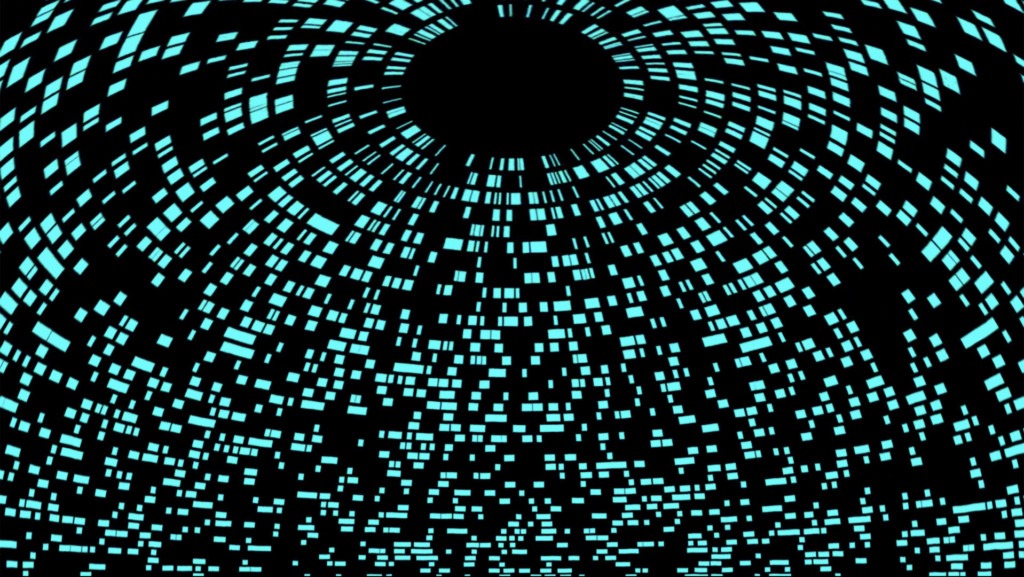
FIVARS: What do you have planned for the future?
I have planned to work additionally with spatial sound in immersive space. This is great since planetariums already have spatial sound systems. I think the sound is as important as the image is, and helps substantially create immersion–this is true for physical and digital spaces.
FIVARS: What would you like to share with fellow content creators and/or the industry?
Keep exploring and evolving this exciting AR/VR media. There is a lot to discover, create, and surprise. It is still the beginning of a new area of immersive entertainment. I like the idea of working with abstract content, concrete enough to get the plot behind the lines and points, but I like the psychedelic overwhelming content as well.
FIVARS: Do you think VR festivals like FIVARS are important?
Yes, of course! This VR festival is very important because it’s pushing the boundaries of technology and storytelling itself. I’m grateful to be part of FIVARS. I am thrilled by this immaterial state of mind, where your brain seems to be in two places at once.
FIVARS: Anything else you’d like to add?
Follow me on Instagram https://www.instagram.com/marek.slipek/ where you can discover more insights into my working progress.
FIVARS in FALL Runs October 15th to 17th in West Hollywood, and October 22nd to November 2nd Online.
Find tickets: https://bit.ly/FIVARSfallTix

